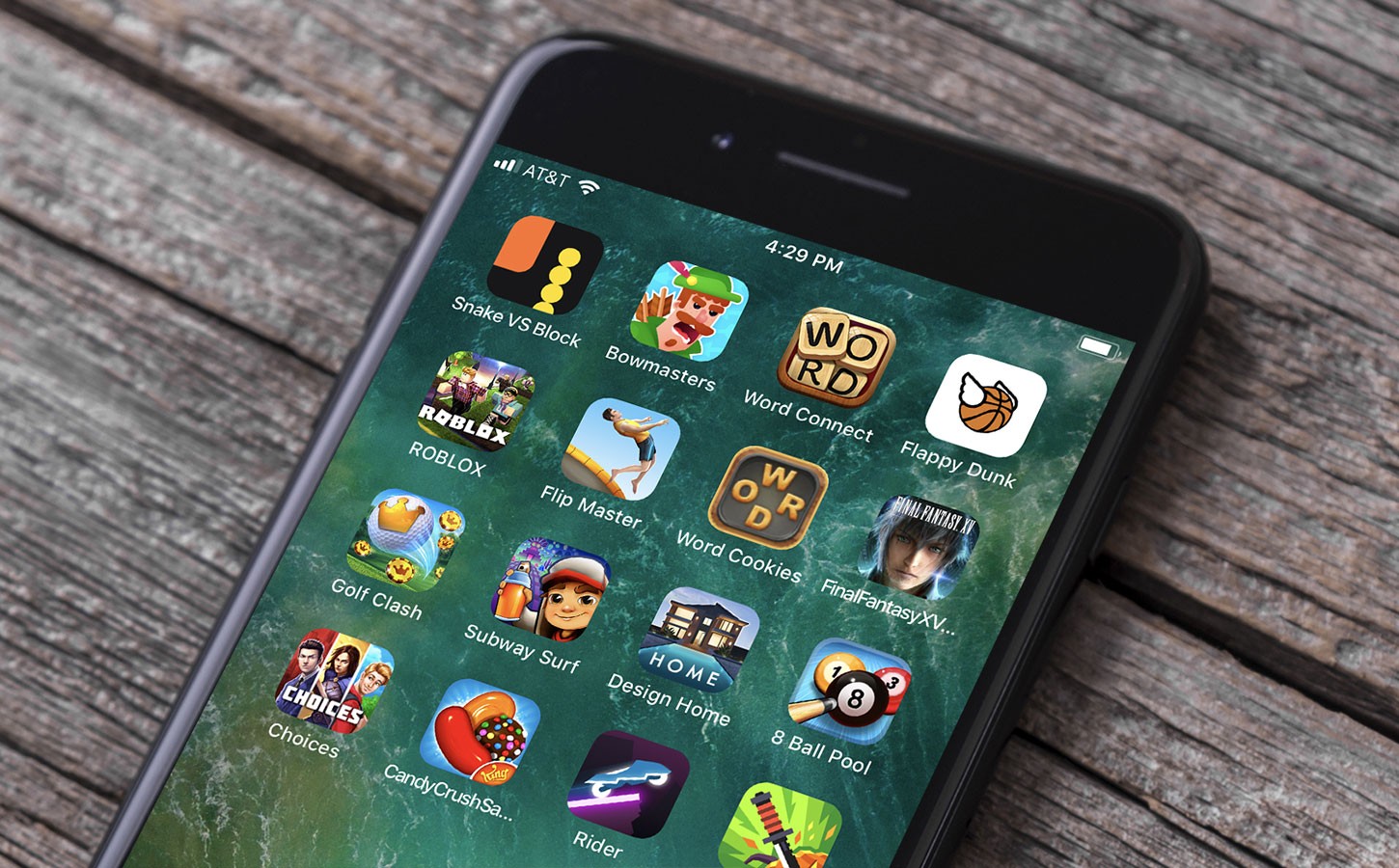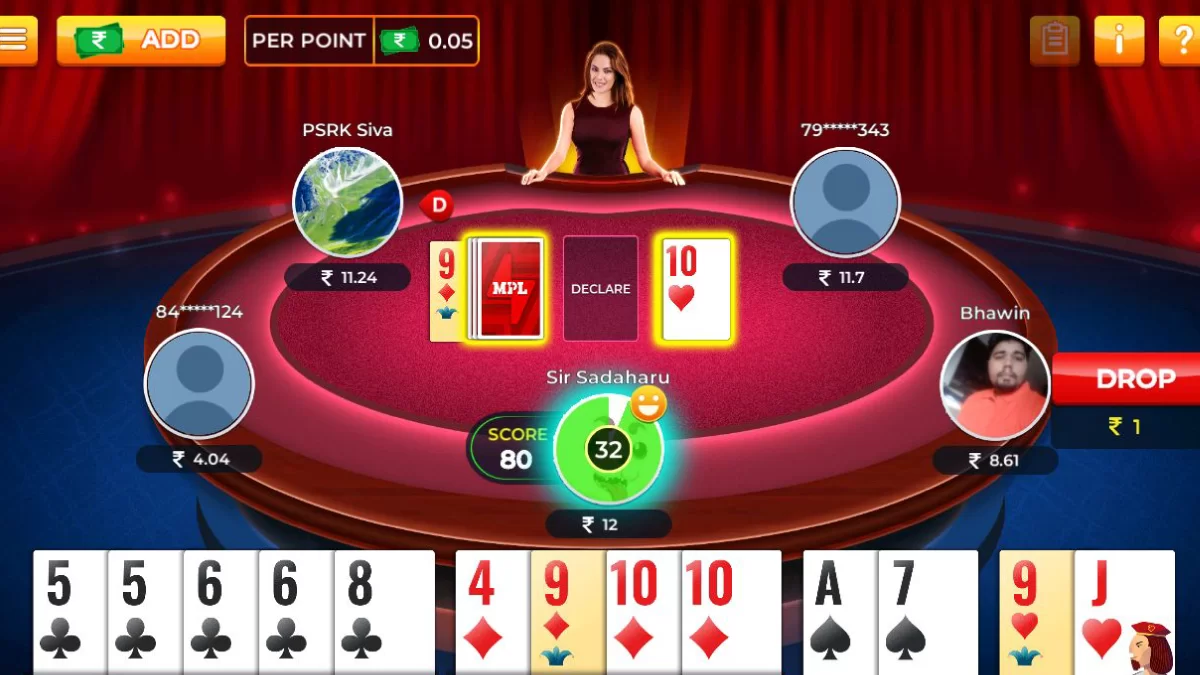You may have seen many magicians using card magic to create illusions by manipulating playing cards. While card magic tricks leave you awestruck, cardistry makes you appreciate the sheer talent of manipulating playing cards without using magic. Have you ever witnessed a person fan a pack of cards? If yes, you have very well seen a cardistry demonstration, also called card flourishing. There are numerous great cardistry performers, cardists, and flourishers across the globe that have made the art of cardistry so popular.
If you are genuinely fascinated by the cardistry art form and want to learn some tricks, here’s everything you should know about cardistry.
Also Read: How to Play Left Center Right Dice Game?
What is Cardistry, and why is it so popular?
The performance art of card flourishing using playing cards is called cardistry, which is visually impressive and challenging to execute, unlike card magic tricks. People who engage in cardistry are called cardists. They manipulate playing cards to display visually appealing cuts, spins, twirls, pivots, and more moves.
Cardistry has grown to become quite popular in recent years with the advent of iconic card flourishes and moves such as Chris Kenner’s Sybil Cut, one-handed cuts and shuffle sequences, double arm spreads with tosses, turnovers, and catches, etc. The strong support from numerous online communities of cardistry enthusiasts has also helped the art grow significantly.
The art form has also taken over social media platforms, where performance videos are shared at a rapid pace. Cardists such as Andrei Jikh, Dan and Dave Buck, Salvador González, and Zach Muller have helped spread cardistry across the globe with the help of social media platforms.
Types of Cardistry Moves
One-Handed Cuts
One-handed cuts require only one hand to perform the move. Some of the popular one-handed cuts include the Charlier Cut, Revolution Cut, Jerry Cestkowski’s L-cuts, Nikolaj Pedersen’s Trigger, and its variations.
Two-Handed Cuts
Two-handed cuts cardistry moves are performed with both hands to hold the cards. Cardists often use one-handed cuts as well as part of this move. Most card flourishers use these moves in bulk, ranging from beginner moves such as Five Faces of Sybil to complex moves that take months to master. Cardists such as Dan and Dave Buck with Pandora cuts, Daren Yeow, Tobias Levin, Noel Heath, Oliver Sogard, and more have largely influenced the two-handed cuts.
Fans and Spreads
A common cardistry move that involves spreading a deck of cards in different ways, such as in a circle, is called fans and spreads. The most common fans and spreads include the Index/Thumb fan, followed by other popular moves like Pressure Fan, LePaul Spread, and Riffle Fan.
Aerials
Aerials are moves that involve shooting or throwing a pack of cards in the air and catching them by the other hand. Many aerials are involved in bigger display sequences. Some of the popular cardistry moves in the aerials category include the Anaconda Dribble and the Spring.
Isolations/Twirls
Isolations or Twirls are done using a single card. One of the most popular isolation cardistry moves is the Palm Shift Isolation.
Also Read: How to Play Concentration Card Game?
Common Cardistry Terms
While you may have already learned words like cut, fan, spread, and packet, here are some terms you should know:
OH
OH is short for One-Handed.
Finish
Finish is the varnish that’s at the front and back of the playing cards.
Stock
Stock is the paper the playing cards are printed on.
Knacky
Knacky implies is a difficult move that requires immense practise before it can be mastered.
Poop Deck
A poop deck is an extensively worn out and used deck of cards.
Jam
Jam is an online or in-person meetup between cardists.
Squids, Trainers, Planks
These terms are used for blocks of hard material shaped as cards for practising cardistry.
The Best Decks of Cards for Cardistry
To perform the art of cardistry, it is important that you have the right kind of cards that are built to perform card flourishing. There are multiple special decks for cardistry that come in vibrant colours and illustrations to enhance the visual appeal.
As a beginner, you will be ruining the playing cards and dropping them while learning the moves. Therefore, it’s vital that you start with a deck of cards with which you can learn the moves without going heavy on your pocket. A few of the best decks you can consider for cardistry include the standard Copag Playing Cards, Bicycle Playing Cards, and Tally-Ho Playing Cards. These decks offer quality cards that are affordable for beginners. Moreover, these cards are poker-sized and feature an embossed air-cushion finish which makes the cards flow smoothly over each other.
Here are a few other factors to consider while buying the best deck of cards:
- Use poker-sized playing cards over bridge-sized cards as the latter are narrower and can get in the way of smooth card flourishes.
- Avoid using souvenir decks or budget decks of cards as they may be rigid and have an extra smooth finish which will limit fanning and even spreading.
- A slight worn-off deck of cards is usually better for cardistry; however, a deck that is tattered and old is not the right choice. Therefore, you must avoid card flourishes with overused playing cards that lead to inconsistent handling and clumping.
How to Maintain Your Playing Cards?
When you get the ideal deck of cards to perform cardistry, you must maintain the cards to avoid wear-out. Most cardists also prefer buying playing cards in bricks, 12 decks in a go, as they are relatively cheaper. Here are some tips for maintaining your playing cards:
- It’s a given to always use your playing cards with clean and dry hands.
- Avoid keeping the cards in moist and humid places.
- Avoid exposing the cards to direct sunlight for prolonged periods.
- Practising cardistry indoors over soft surfaces like carpets is advisable.
- Give the deck an occasional shuffle and riffle, both face-up and face-down, to maintain an even bend in the cards.
- In cases where the cards get bent or curved, you can place them under heavy books.
Also Read: Pinochle Card Game – How to Play Pinochle?
Learn Cadistry from the Best Teachers
Learning cardistry is as easy as it can get with the abundance of online resources and tutorials for beginners. You can learn cardistry from various YouTube channels, social media, videos, and some of the best teachers around the world, such as the below:
Chris Ramsay
A popular magician and cardist, Chris Ramsay, offers Cardistry Basics on his YouTube channel. You can join along with millions of other subscribers and learn the three most basic moves for beginners – the swivel cut, the swing cut, and the rotation cut. He also offers various other tips for beginners of cardistry.
School of Cardistry
You can view the cardistry tutorials by the School of Cardistry on YouTube. The channel offers professional tutorials designed for complete beginners. The videos teach you the basics and help you progress naturally to advanced moves through a systematic approach. The School of Cardistry channel has over 100,000 subscribers.
Reddit Cardistry
The Reddit cardistry community offers a Resource and Beginners Guide that features a list of common core moves that are best for beginners. These moves are also key to mastering complex card flourishes. The community also recommends a list of elementary flourishes with links to video tutorials for moves like the Charlier Cut, Spring, and Five Faces of Sybil.
Fontaine Cards
Learn the Classics by Fontaine Cards is Zach Mueller’s brand. He offers free tutorials on this site that cover basic grips and moves such as Swing Cut, One Card Twirl, Thumb Fan, Pirouette, Charlier Cut, Spring, Dribble, One-Handed Fan, and Waterfall.
Lotusinhand
A relatively new channel, Cardistry Bootcamp Basics by Lotusinhand offers introductory tutorials that cover the essentials to start, such as basic grips, fun moves like Spring, Waterfall, Cascade, and cuts such as Swing Cut, Charlier Cut, Hot Shot Cut, etc.
How to improve your Cardistry skills?
Master the basics
To get better at cardistry, you must first master the basic moves such as swivel and swing cuts. These moves will help you get used to rotations which are necessary for other moves. The Sybil Cut or Five Faces of Sybil is also a move to learn at the initial stages.
Embrace cardistry
Watching expert cardists can make you lose confidence, doubt your skills, and feel intimidated, irrespective of how motivating their performance may be. Instead of thinking that this performance art is only for the elite, you must embrace cardistry with your creativity and imagination to improve your skills.
Adopt a graduated approach
Don’t go for fancy moves right at the start. Instead, adopt a graduated approach where you start with the foundational moves and then learn the more complex card flourishes that require the basic moves as a pre-requisite.
Practice frequently
Practice, practice, and practice, as only frequent practice, will help you improve your skills. You have to work your muscle memory and exercise your fingers to get the move right. Always carry a deck of cards around and keep practising the card flourishes as and when you have some time.
Learn the moves you like
If you are finding a particular move difficult to master despite practice, there’s no hard and fast rule to learn that move before you move on to the next one. Learn the moves that are of your interest as that will help you learn faster. For instance, if you may like cuts over isolations, you should practice more cuts than isolations.
Also Read: How to Play Napoleon Game? Nap Card Game Rules and Variants
Choose smoothness over speed
The key to perfect cardistry is to get the flow and smoothness right. Don’t rush through the flourishes. Instead, focus on smooth and clean moves.
Take it slow with your own moves and flourishes
When you learn a move or two, you may be tempted to create your own moves and flourishes. However, you should avoid creating your moves in the initial stages of learning cardistry. It is important to understand the basics first, as they can put you in a better position to make your own card flourishes later.
Join a cardistry community
Joining online communities is a good idea to talk about the best decks, exchange ideas, and share videos of accomplishments and moves. Find a preferable community, such as the cardistry community on Reddit, to improve your skills.
Conclusion
Creating magic can be difficult but creating a non-magical manipulation of playing cards is not as complicated as it looks. Cardistry is a creative art and skill that anyone can hone with sufficient practice. This handy beginner’s guide to cardistry will teach you more about cardistry performance art and help you learn the basic moves that you should start your journey with.










